Self-Guided Walking Tour
Explore Sunnyvale's founding family sites and early landmarks at your own pace.
Your Heritage Journey
Follow this curated tour to discover the places that shaped Sunnyvale.
Loading walking tour map...
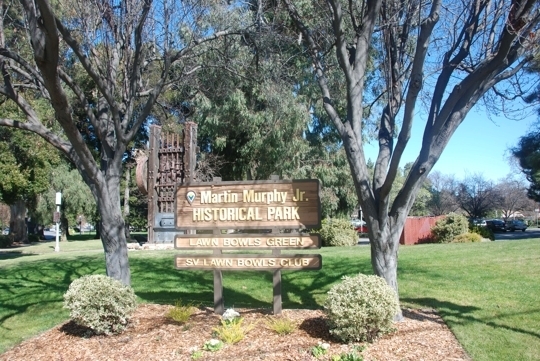
The Murphy family donated this land for public use in the early 20th century, establishing a key recreational area.
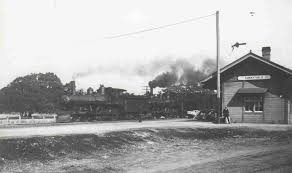
Built in 1864 as a stop on the San Francisco and San Jose Railroad, Murphy Station was pivotal in transforming Santa Clara Valley from isolated farmland into a networked agricultural region. Martin Murphy Jr. granted railroad right-of-way through his property on the condition that this passenger stop be constructed.
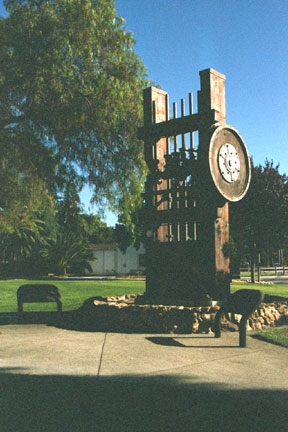
This monument honors the Joshua Hendy Iron Works, which relocated to Sunnyvale in 1906 after the San Francisco earthquake and became the largest foundry west of the Mississippi, producing mining equipment and later naval engines during WWII.
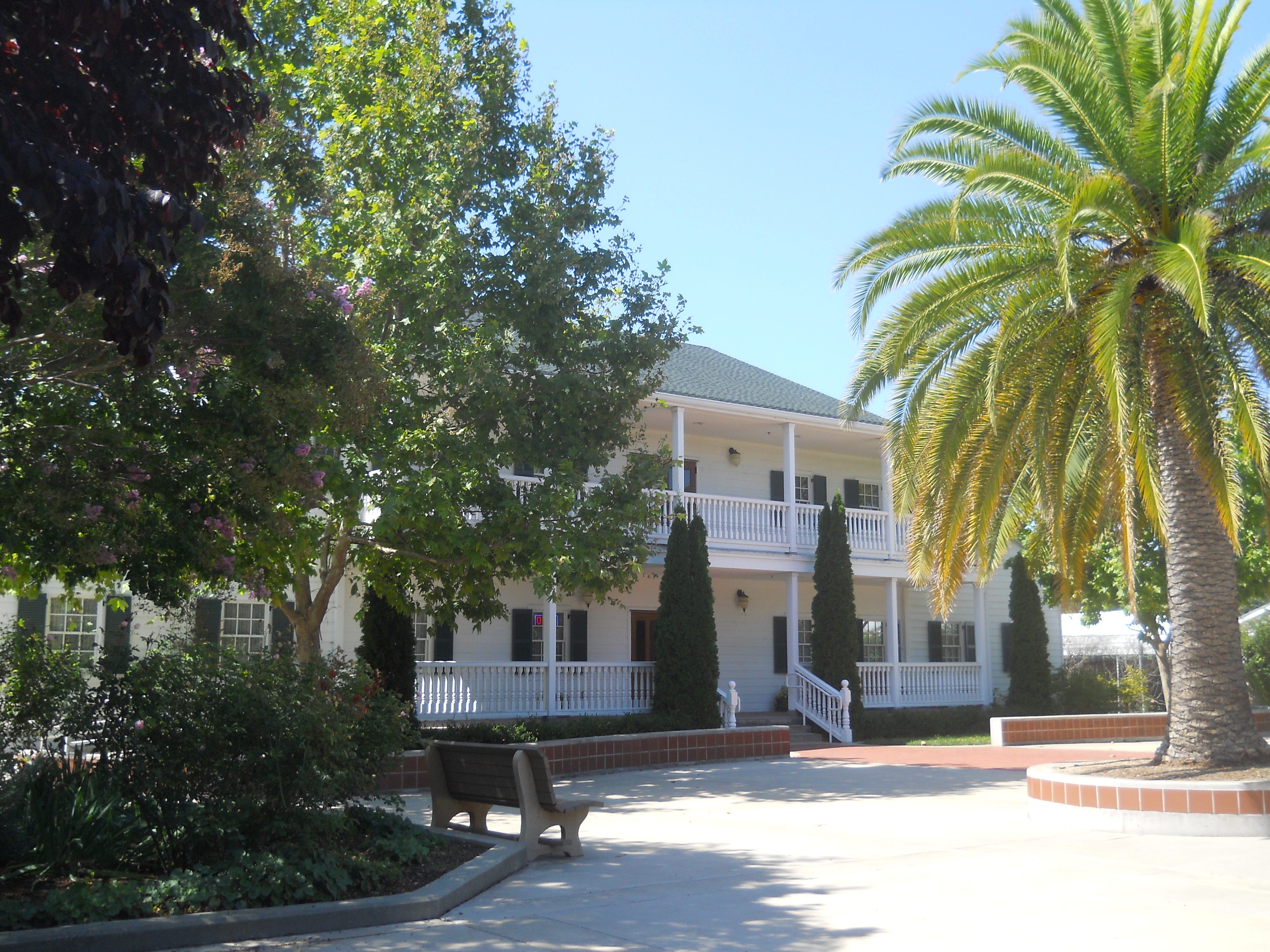
Opened in 2008, the museum preserves artifacts and stories from Sunnyvale's agricultural and industrial eras.
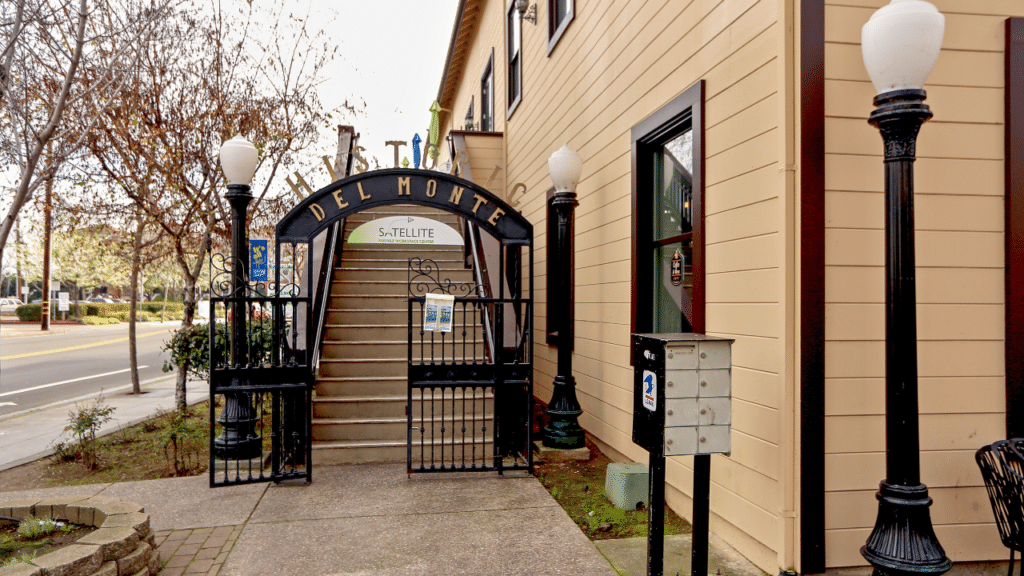
Built in the early 20th century, this building was part of the vast infrastructure that supported fruit cannery operations, employing hundreds of workers and connecting Sunnyvale to national markets via the nearby railroad.
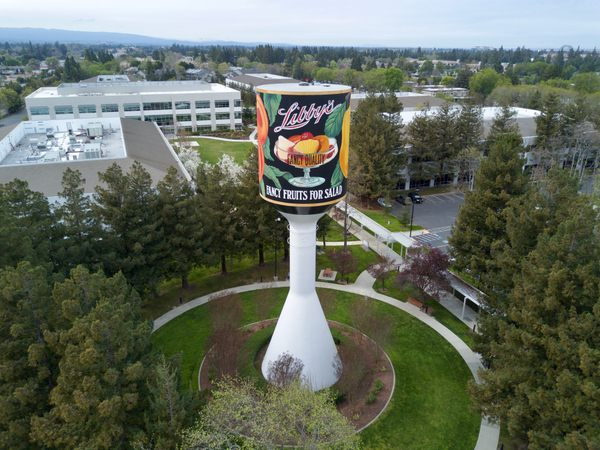
Constructed in the early 20th century, this water tower provided essential pressure for fire suppression and cleaning operations at the Libby cannery, which was crucial for maintaining health standards and worker safety during the height of Sunnyvale's fruit processing industry.
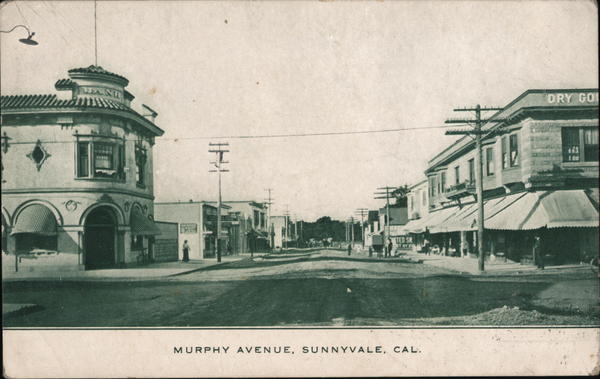
Since 1870, this avenue has been the commercial and social heart of Sunnyvale, retaining much of its early 20th-century charm.
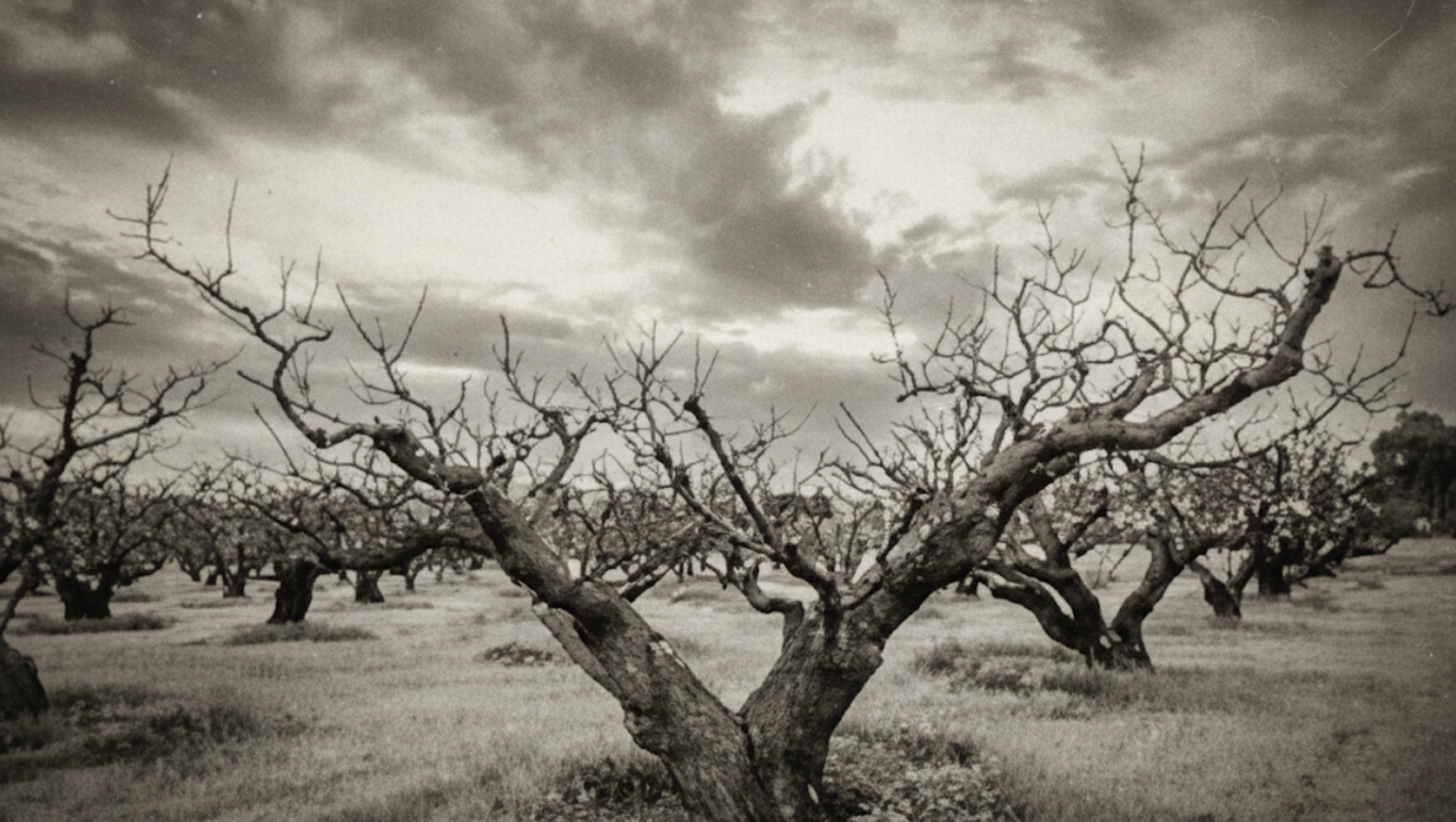
This park represents a small portion of the vast orchards that once covered the region.